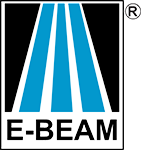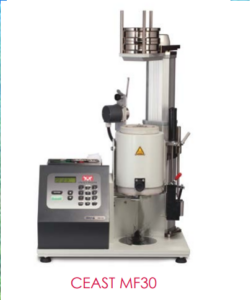
In the industrial sterilization industry, three primary sterilization methods are e-beam, gamma, and x-ray.
Ionizing radiation is the second-largest method of choice when it comes to the industrial sterilization market, accounting for almost 45%. While gamma and e-beam are the traditional favorites, newer to the game is x-ray.
[embedyt] https://www.youtube.com/watch?v=cVXN97-YDX4[/embedyt]
What are the similarities?
All three technologies are capable of providing sterility and are all governed by the same ISO 11137 standard.
The same dosimetry system may be used, and in practical terms, 25 kGy of gamma is the same as 25 kGy delivered by an electron beam accelerator or by an x-ray machine.
[embedyt] https://www.youtube.com/watch?v=uE6nkh0ooYY[/embedyt]
So, what are the differences between the three sterilization modalities?
- Gamma radiation is comprised of photons generated by the decay of a radioactive nucleus (cobalt-60 for instance), and therefore the dose rate is governed by the decay. Photons have no mass and may penetrate deeper into matter, but no changes can be made to affect its energy spectrum. As a result, medium- to high-density products are ideal for gamma processing.
- E-beam radiation refers to machine-generated high-energy electrons. As electrons have mass, the penetration is limited by the energy. This makes the use of electron beam technology very useful for low- to medium density products and more favorable for box processing as opposed to whole pallets.
Also, given the nature of the technology, e-beam is a great fit for sensitive products as the dose can be delivered significantly faster than gamma or x-ray – we’re talking seconds or minutes rather than hours. The detrimental effects are then also reduced as the lifetime for the reactions to take place are several orders of magnitude smaller.
- Industrial x-rays are generated via the use of an electron beam accelerator coupled with a metal target. When the electrons hit the metal target, x-rays are created. X-rays are also comprised of photons (but with different energies than gamma), so x-ray is also a potentially good fit for medium- to high- density products.
The dose rate is also higher than gamma, as they are also machine-powered, but limited or slower compared to e-beam. For instance, to deliver the standard sterilization dose of 25 kGy, it would take about 2.5 hours or more of processing using gamma radiation, as opposed to 45 mins to an hour using x-rays and seconds to minutes using e-beam technology.
How do I determine if my product is a good fit for e-beam sterilization?
Here at E-BEAM Services, our team of experts and highly trained professionals are available to assist nuclear plants, labs, medical device manufacturers, and others in meeting their testing and production needs.
Contact us to set up a free consultation call with Tech Services!



